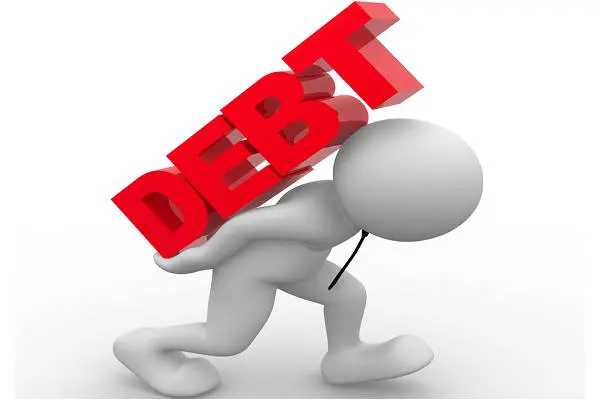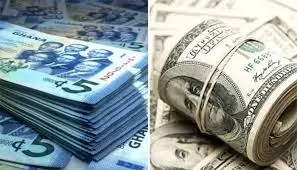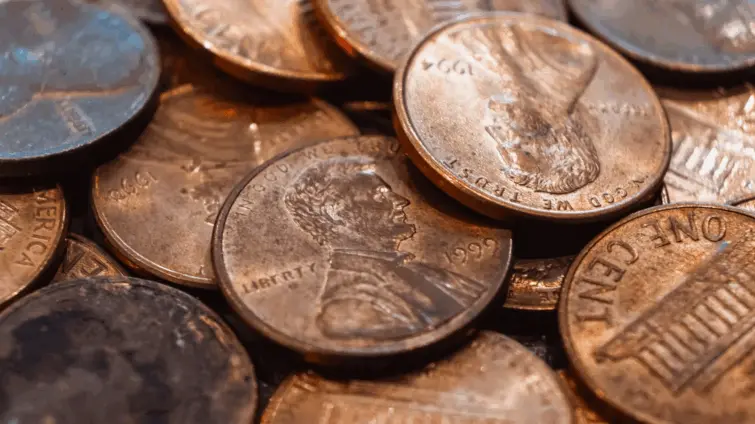Accra, Ghana – The bustling gold markets of Accra present a veneer of prosperity, but beneath the surface, discrepancies in Ghana’s gold export figures for April 2025 have ignited a firestorm of questions. According to a report highlighted by IERPP, a significant gap exists between government investment and reported export earnings. The government allocated $279 million to purchase gold from small-scale miners, with the stated goal of boosting local economies and increasing **Ghana gold exports**. Yet, reported export revenues soared to $897.6 million, a staggering 220% increase. This raises a crucial question: Where did the extra gold, and the resulting revenue, come from? Did the math simply fail to add up, or are there hidden factors at play within the intricate workings of Ghana’s gold industry?
The core of the issue lies in simple arithmetic. What should $279 million buy in gold? In April 2025, the price of gold averaged $96,560 per kilogram. A $279 million investment should, therefore, have procured approximately 2,890 kilograms, or 2.89 tonnes, of gold. This is the amount that, theoretically, should have been added to Ghana’s export volume as a direct result of the government’s initiative.
However, the official export figures paint a very different picture. In April 2025, **Ghana gold exports** totaled 9,295 kilograms, or 9.295 tonnes. This is a discrepancy of 6.4 tonnes more than what the $279 million fund could have purchased. This significant difference immediately raises concerns. Where did the extra 6.4 tonnes of gold originate? Was it drawn from other sources, or is there a deeper issue with how these figures are being reported?
Adding another layer of complexity, consider the government’s initial promises regarding gold purchases. Officials stated an intent to purchase 3 tonnes of gold per week, equating to approximately 12 tonnes per month. This figure, already ambitious, presents a further contradiction. Even if the government had met its promised purchase target of 12 tonnes, the initial $279 million investment would only cover 2.89 tonnes, leading to financing concerns. These conflicting figures only serve to deepen suspicions surrounding the **Ghana gold exports** data.
The revenue mismatch amplifies the concerns. If the $279 million investment yielded only 2.89 tonnes of gold, the expected revenue, based on the April 2025 price, would be approximately $279 million – essentially breaking even. However, the actual export revenue reported was $897.6 million. This leaves a discrepancy of $618.6 million. The question then becomes: where did this additional $600 million-plus come from? What sources contributed to this significant revenue stream that far exceeds the government’s stated investment?
The most critical question is the origin of this additional $600 million-plus. How could **Ghana gold exports** generate such a significant surplus over what was anticipated based on the government’s investment? The size of this gap suggests potential undisclosed factors influencing the gold export market.
One possible explanation lies in other sources of gold beyond the small-scale mining sector targeted by the government’s initiative. Could large mining companies have contributed significantly to the export volume, bypassing the intended support structure for smaller miners? If so, this would indicate a parallel export stream operating outside the government’s direct control.
Another possibility is that Ghana was selling gold from previously stored reserves. Were existing gold stockpiles tapped to boost export figures and generate additional revenue? This scenario would need careful examination to determine the source and legitimacy of these reserves.
Exchange rate fluctuations could also play a role. Did a depreciation of the Cedi, Ghana’s currency, artificially inflate the dollar earnings from exports? While this could contribute to the revenue increase, it’s unlikely to account for the entire $600 million-plus discrepancy.
A more concerning possibility is misreporting or creative accounting practices. Is it possible that the export numbers were overstated, either intentionally or through accounting errors? Such actions would paint a false picture of Ghana’s gold export performance and require immediate investigation.
The core issue remains the misalignment of figures. The government invested $279 million in **Ghana gold exports**, yet the export figures suggest a much larger source of gold and revenue. This leads to two potential scenarios:
First, that unreported gold sources are feeding exports, implying a lack of transparency and control within the sector. Second, that export figures are inflated, creating a false picture of Ghana’s gold export performance.
The discrepancy between Ghana’s **Ghana gold exports** revenue and the government’s investment in small-scale mining raises serious concerns about transparency and accountability. As the IERPP has highlighted, the numbers simply don’t add up. The $600M+ gap strongly suggests either unreported gold sources or inflated export figures. Further investigation is needed to determine the true source of this anomaly and ensure the long-term health and stability of Ghana’s vital gold export sector. Understanding the true source of **Ghana gold exports** is paramount for maintaining economic stability and fostering public trust.
Image Source: MYJOYONLINE




















